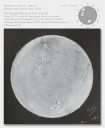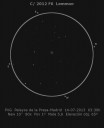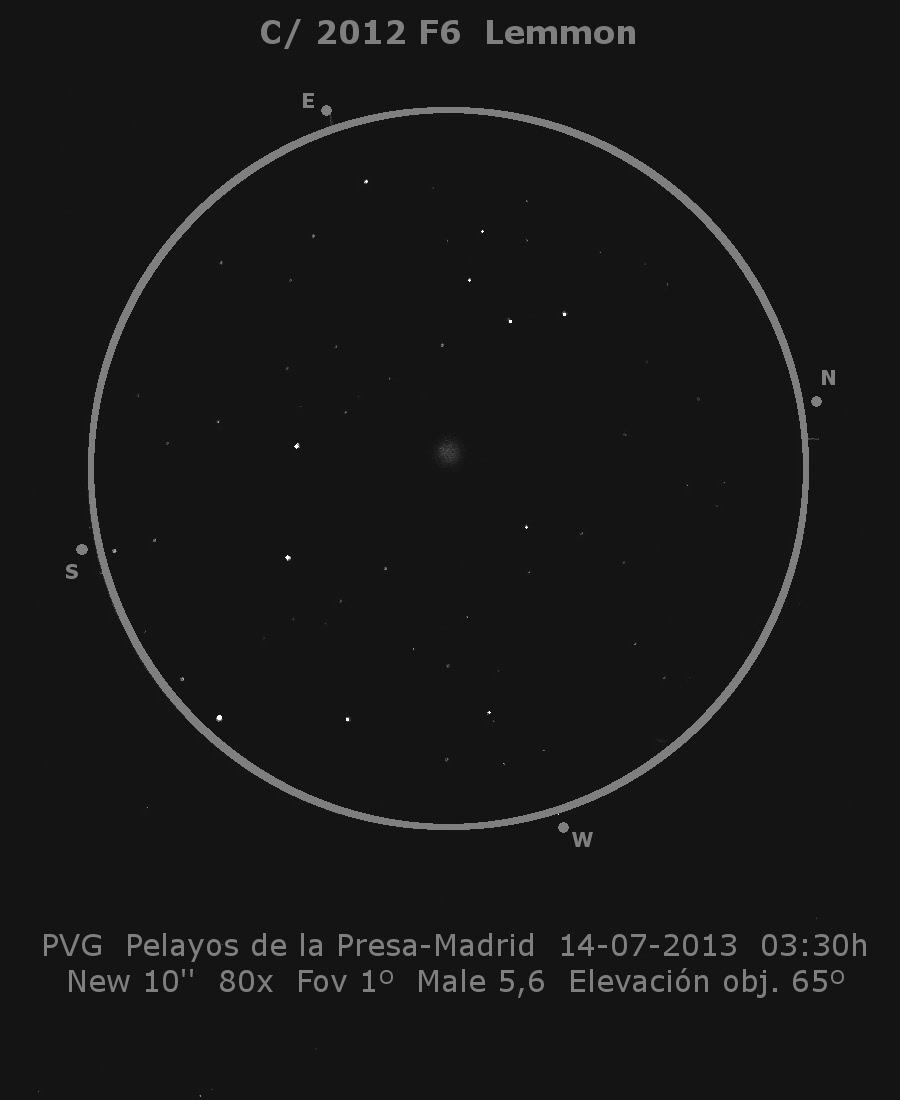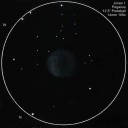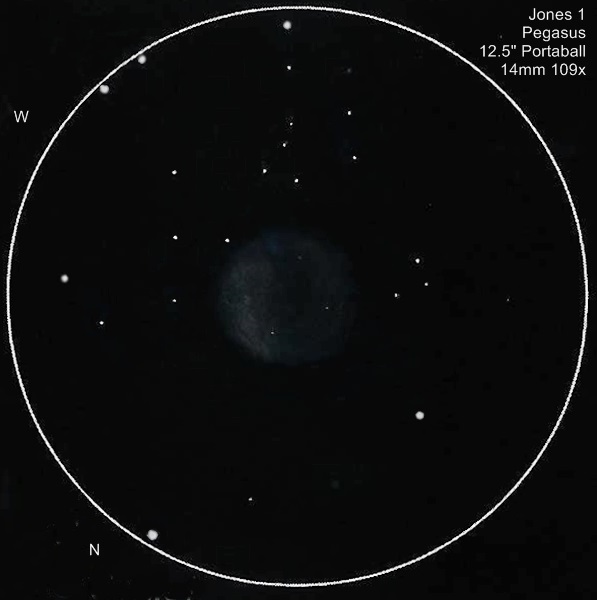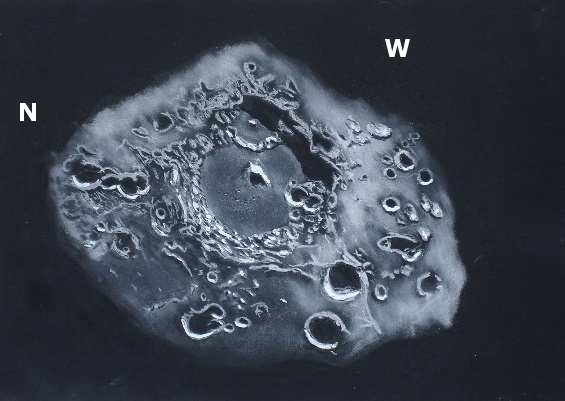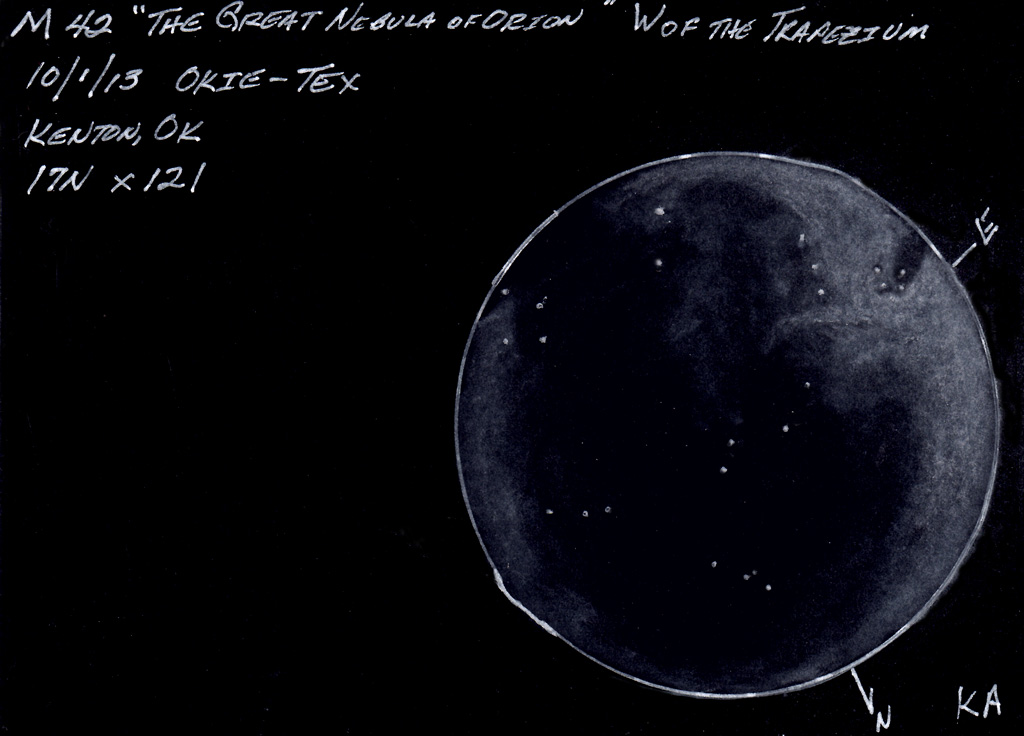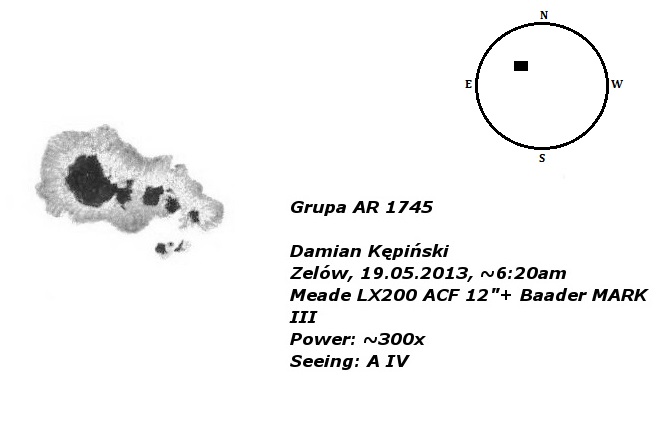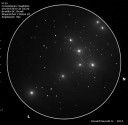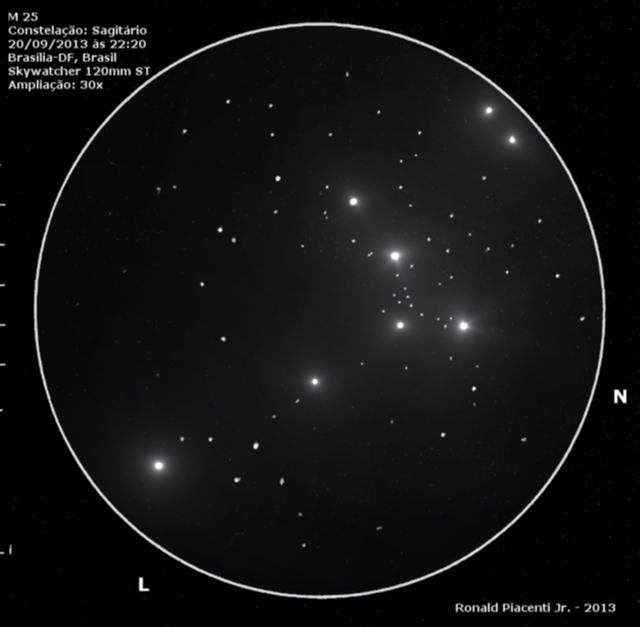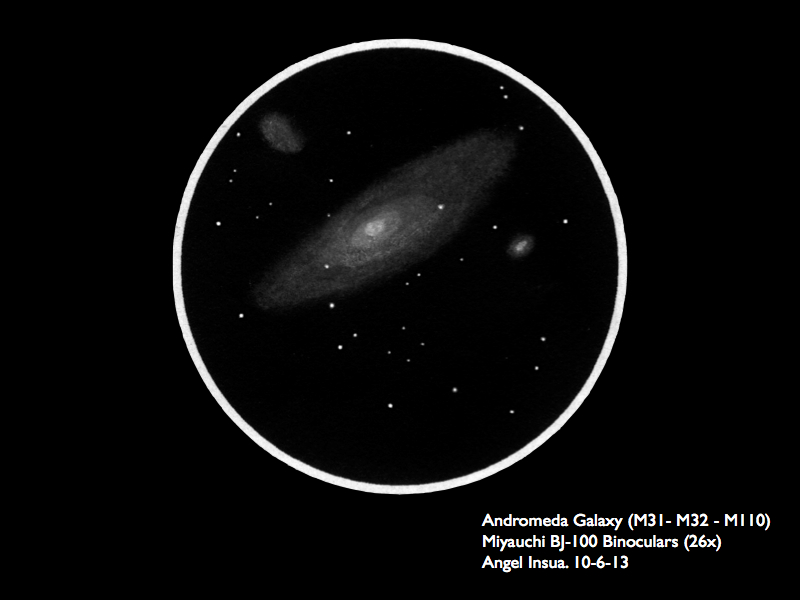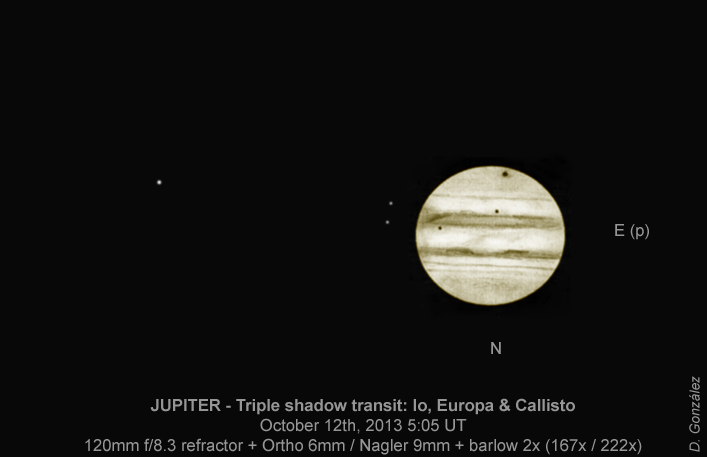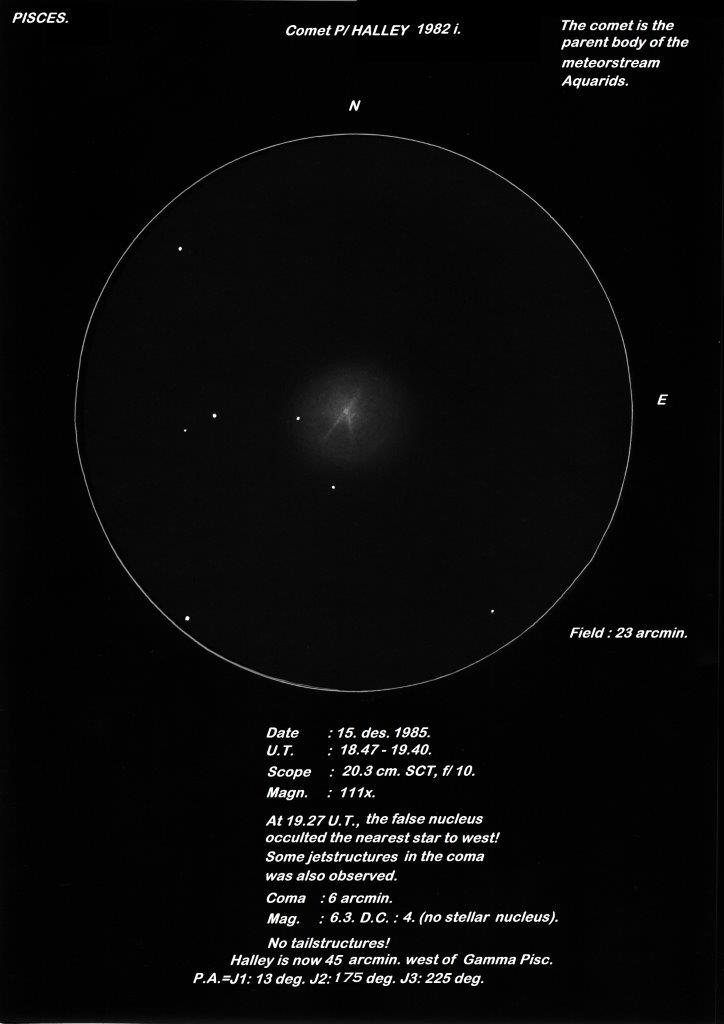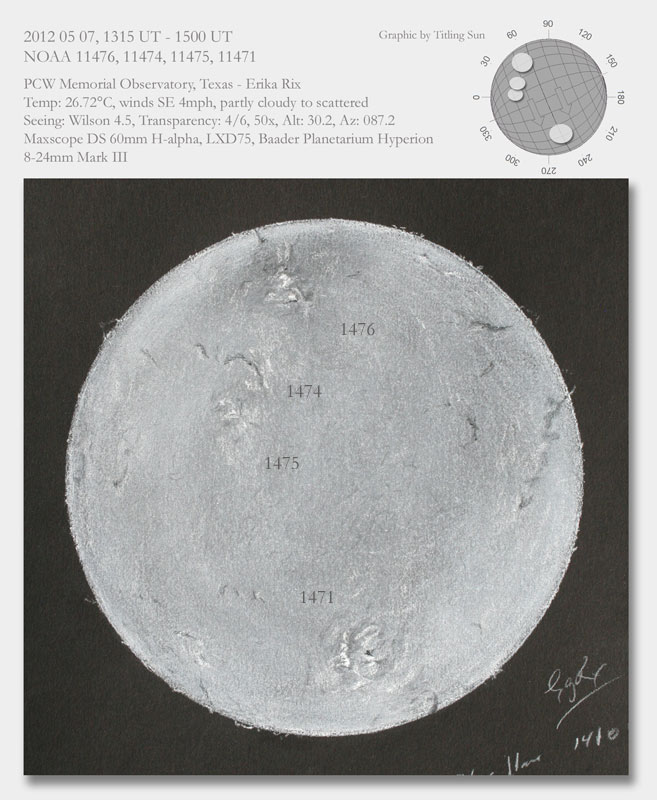
2012 05 07, 1315 UT – 1500 UT.
NOAA 11476, 11474, 11475, 11471.
PCW Memorial Observatory, Texas – Erika Rix
www.pcwobservatory.com
Temp: 26.72°C, winds SE 4mph, partly cloudy to scattered.
Seeing: Wilson 4.5, Transparency: 4/6, 50x, Alt: 30.2, Az: 087.2.
Maxscope DS 60mm H-alpha, LXD75, Baader Planetarium Hyperion 8-24mm Mark III.
Sketches created at the eyepiece with black Strathmore Artagain paper, white Conte’ crayon and pencil, white Prang color pencil, Derwent charcoal pencil, black oil pencil.
I’ve really been enjoying the current set of active regions the past few days. It would be nice to sketch each individual active region as a close up view, but to do that would take several hours. As it was today, I struggled with a group of thick clouds for the first hour of my session. The sky was crystal clear when I set up and I chose to ignore the weather channel for my area stating that we could have thunderstorms at 8 a.m. Thankfully the storms never came…the clouds did. I was able to catch glimpses of the Sun in between the clouds and by 8:45 a.m., the sky was nearly unobstructed.
The first features added to the sketch after the prominences were plage from 1476 and 1471. Next came the sunspots themselves and filamentary structure. By 9:10 a.m. (1410 UT), very bright plage appeared just north of the sunspots in 1471. I haven’t been able to confirm yet if it was a solar flare, having expected possible flare activity in 1476 instead. But it lasted nearly an hour before it dulled somewhat. Near the end of my session, 1471’s plage brightened quite a bit to the eastern side of the major sunspot in that region as well as about five more degrees further east again.
1474 and 1475 paled in comparison to the two major active regions. There were nice filaments and thin plage that made them easy to find.
The large chain of filament reaching to the southern limb was still there, although thinner. Prominences scattered around the limb were insignificant.
